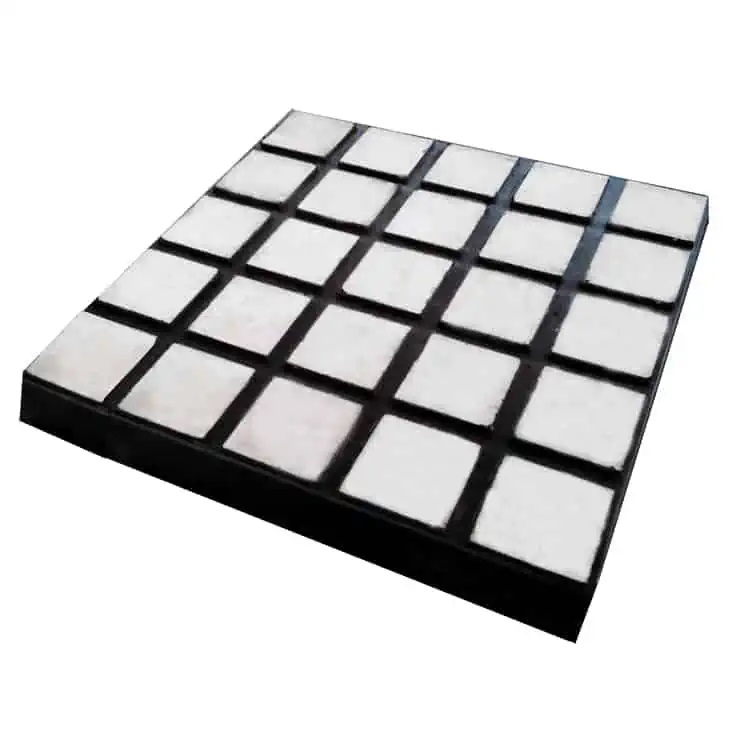
Density, as an important parameter for measuring the quality of wear-resistant ceramics, has attracted considerable attention. Density is calculated by dividing the mass of ceramics by its volume. Research has found that during the sintering process of wear-resistant ceramics, the change in mass is not significant, but the volume can shrink by over 40%. Therefore, volume reduction is a crucial factor leading to the increase in density of wear-resistant ceramics. Why does the volume shrink during the ceramic sintering process? The primary reasons for volume reduction during ceramic sintering are:
Densification of Particles:
As the ceramic powder particles are heated during the sintering process, they undergo a process called densification. This involves the rearrangement and packing of particles to achieve a more compact structure.
The reduction in porosity leads to a decrease in the overall volume of the material.
Elimination of Pores:
The heating process in ceramic sintering causes the elimination of pores within the material. As pores close or disappear, the material becomes more densely packed, resulting in a reduction in volume.
Material Transformation:
Certain ceramic materials undergo phase transformations during sintering. For example, clay-based ceramics may go through changes in crystal structure or hydration state.
These transformations can lead to a reduction in interparticle spaces and contribute to the overall volume shrinkage.
Sintering Neck Formation:
As adjacent particles come into close contact during sintering, necks form between them. This process is part of the sintering mechanism.
The formation of necks and the subsequent rearrangement of particles contribute to a reduction in void spaces, causing the material to shrink.
Evaporation of Volatile Components:
Some ceramic materials may contain volatile components or water. The heating process causes these volatile substances to evaporate, leading to a decrease in volume.
Thermal Contraction:
The general principle of thermal contraction applies during sintering. As the material is heated and then cooled, it undergoes thermal contraction, contributing to the overall shrinkage.
Understanding and controlling the factors influencing volume reduction during ceramic sintering are crucial for achieving the desired final properties of the ceramic product. Adjusting sintering parameters, such as temperature, heating rate, and holding time, can be employed to optimize the sintering process and control the final dimensions of the ceramic material.

Submit your demand,
we will contact you ASAP.

Sanxin New Materials Co., Ltd. focus on producing and selling ceramic beads and parts such as grinding media, blasting beads, bearing ball, structure part, ceramic wear-resistant liners, Nanoparticles Nano Powder

